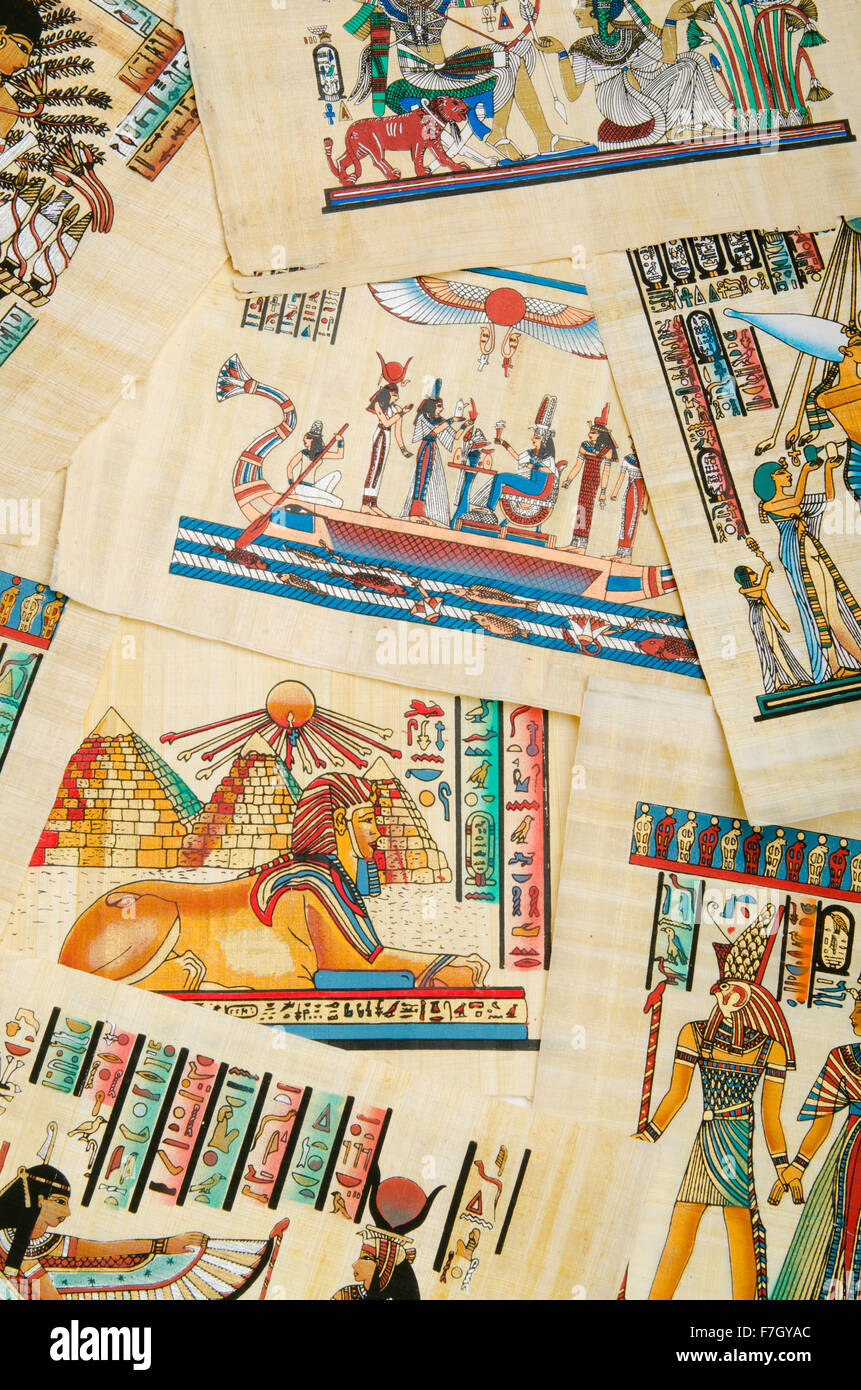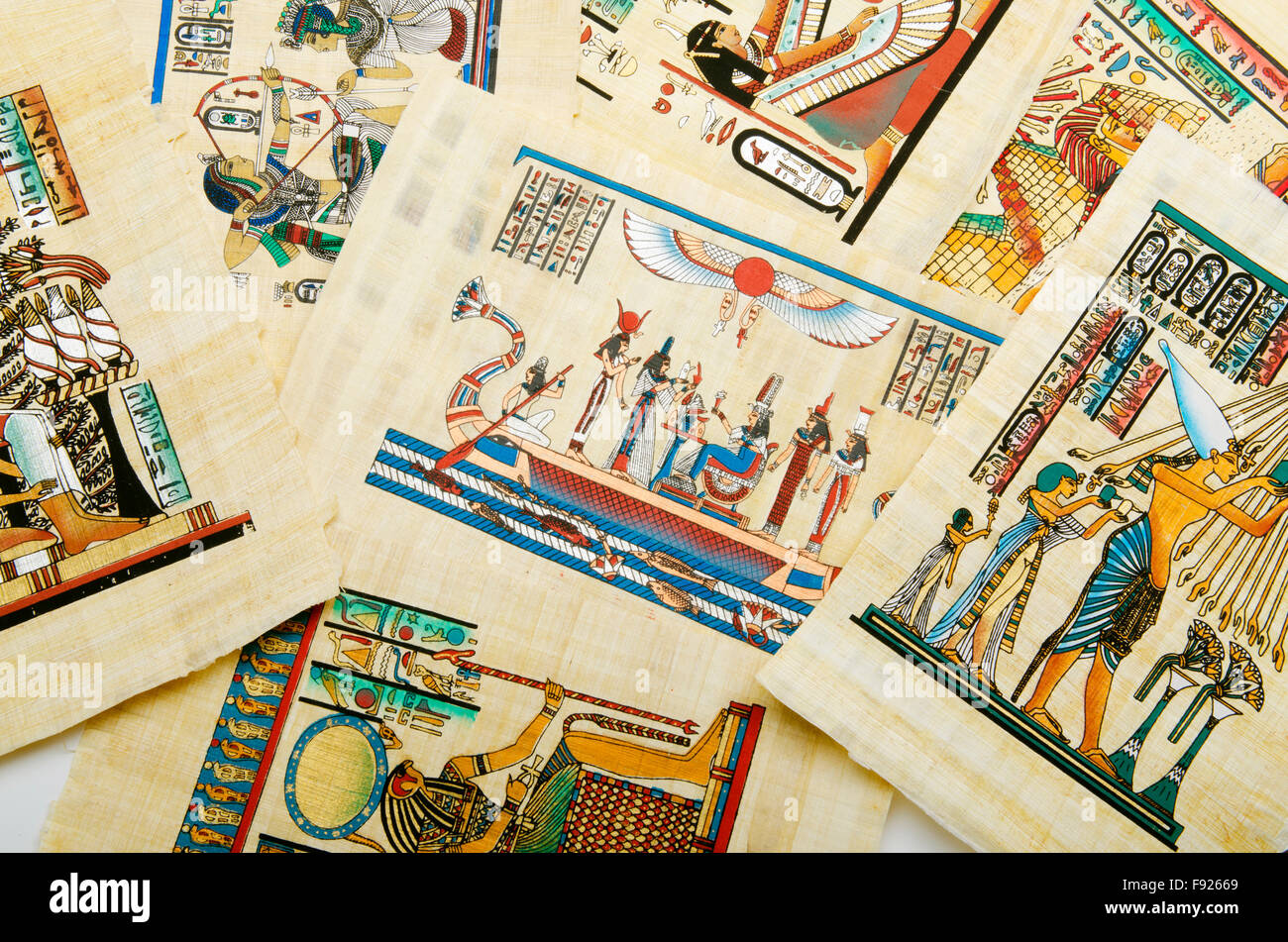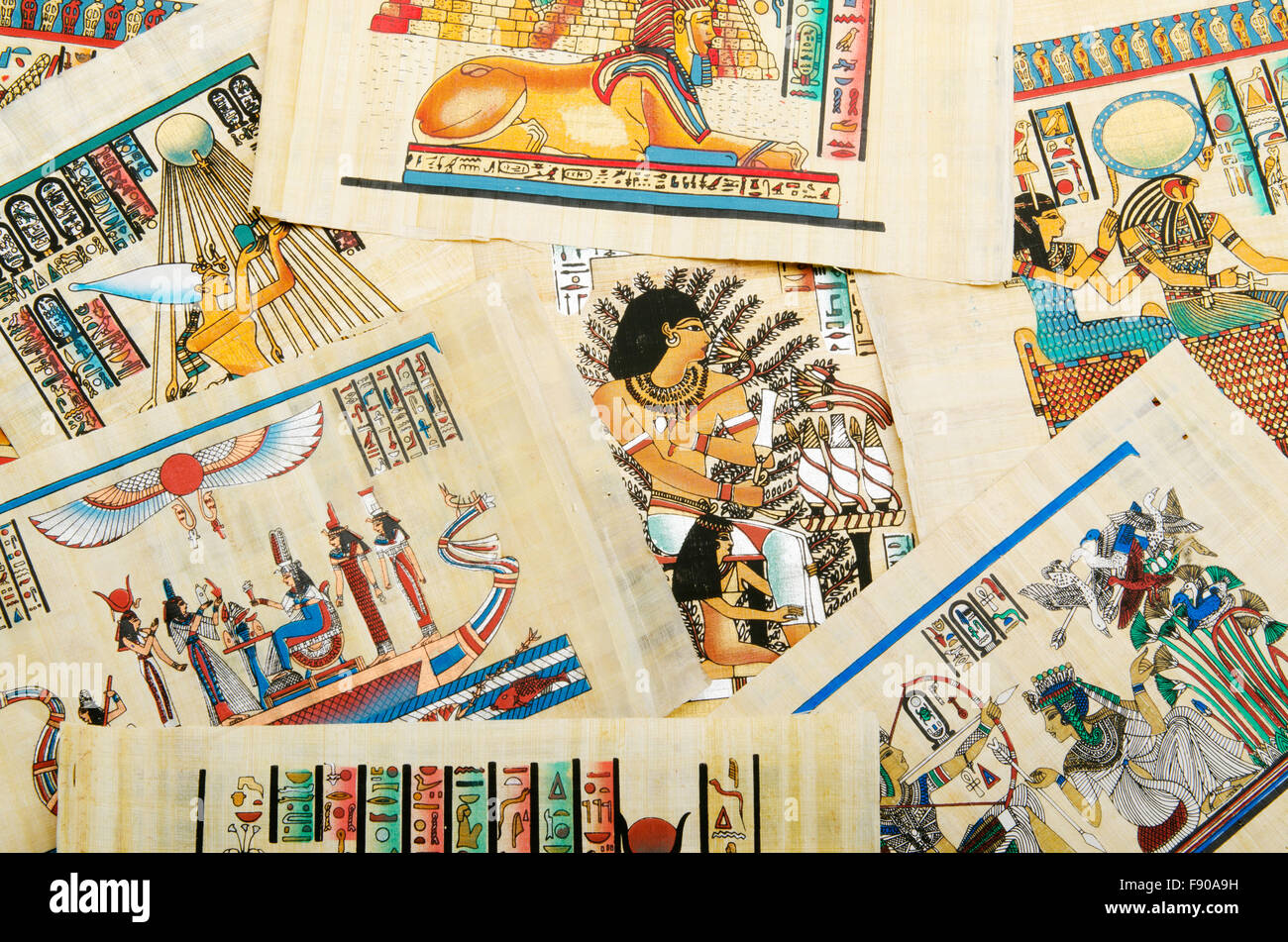Unraveling Iran's Democratic Past: A Deep Dive
Table of Contents
- Ancient Roots of Democratic Thought in Persia
- The Constitutional Revolution of 1906: A Turning Point
- Brief Instances of Liberalism and Their Demise
- External Interventions and the Curtailment of Democratic Aspirations
- The 1979 Islamic Revolution and the Birth of a New System
- A Conceptual History of Democracy in Iranian Political Language
- The Struggle Continues: Modern Challenges and Future Hopes
- Iran's Democratic Journey: Implications for the Region
Ancient Roots of Democratic Thought in Persia
The notion that democracy is a purely Western construct imported into Iran is challenged by historical records dating back millennia. Long before the modern era, seeds of democratic thought were sown in ancient Persia. During the Achaemenids, in a debate over the constitution of Iran, a figure named Otanes argued in favor of democracy. While he did not succeed in establishing it, his arguments reveal an early conceptual engagement with principles that would later define democratic governance. Otanes enumerated five characteristic marks of the democracy: an equality of rights for all, the rejection of arbitrary power as ordinarily exercised by Eastern princes, and appointment to offices by lot. This historical anecdote from the Achaemenid period demonstrates that the intellectual groundwork for democratic ideals, particularly concerning equality and limitations on absolute power, existed in Iran's distant past. This ancient debate underscores that the concept of democracy in Iran is neither a sudden development nor a Western import; rather, it has deep indigenous roots.The Constitutional Revolution of 1906: A Turning Point
Fast forward to the early 20th century, and Iran witnessed a monumental shift with the Constitutional Revolution of 1906. This event took place at a time when other nations in the region had yet to experience any measure of independence, marking a truly significant turning point in the history of the region. For centuries, Iran, in its various known forms, beginning with the Median dynasty, was a monarchy (or composed of multiple smaller monarchies) from the 7th century BCE until 1979. The Constitutional Revolution was a direct challenge to this long-standing monarchical tradition, specifically the ruling Qajar dynasty. The constitutionalists who spearheaded this movement sought to impose limits on the absolute power of the monarch and establish a representative government. Their efforts led to the creation of a parliament, known as the Majlis, which purported to represent the whole people. This was a radical departure from the autocratic rule that had defined Iran for millennia. The revolution promised constitutional rule, aiming to usher in an era of greater civil liberties, legal reforms, and popular participation in governance. This period represents one of the most significant attempts at establishing a form of democracy in Iran, driven by a broad coalition of merchants, clerics, intellectuals, and ordinary citizens. It laid the foundational ideas for modern political thought in Iran, introducing concepts like popular sovereignty, separation of powers, and individual rights into the national discourse.Brief Instances of Liberalism and Their Demise
While the Constitutional Revolution ignited hopes for a democratic future, Iran has never had a long tradition of sustained democracy. It experienced brief instances of liberalism in the first half of the 20th century, but every attempt at making it durable resulted in disarray. The promise of constitutional rule was cut short in the 1920s with the rise of Reza Khan, who later became Reza Shah Pahlavi, establishing the Pahlavi dynasty. While he introduced significant modernization efforts, his rule became increasingly authoritarian, effectively sidelining the constitutional gains. The period following World War II saw another brief resurgence of democratic aspirations. With the weakening of central authority and the presence of Allied forces, a more open political atmosphere emerged. This era witnessed the flourishing of political parties, a more active press, and a greater degree of parliamentary influence. However, these liberal interludes were often fragile, susceptible to internal power struggles, economic instability, and, crucially, external interference. The inability to consolidate these democratic gains points to a recurring pattern: the vulnerability of nascent democratic institutions in Iran to both internal pressures and the machinations of foreign powers.External Interventions and the Curtailment of Democratic Aspirations
Perhaps one of the most significant blows to the development of democracy in Iran came from external interventions, particularly in the mid-20th century. The country's strategic location and vast oil reserves made it a focal point for global powers, often at the expense of its internal political development.The 1953 Coup and Its Aftermath
The most infamous example is the 1953 coup, which overthrew the democratically elected Prime Minister Mohammad Mosaddegh. The documents provided details of the CIA's plan at the time, which was led by senior officer Kermit Roosevelt Jr., the grandson of U.S. President Theodore Roosevelt. Over the course of four days, this covert operation successfully destabilized Mosaddegh's government, which had sought to nationalize Iran's oil industry, challenging British and American interests. The coup reinstated the Shah, Mohammad Reza Pahlavi, who then ruled with increasing authoritarianism for the next 25 years. This event is widely seen by many Iranians as a pivotal moment that derailed Iran's path toward democracy, fostering deep-seated distrust of foreign powers and their intentions regarding Iran's internal affairs. The legacy of the 1953 coup continues to resonate in Iranian political thought, serving as a powerful reminder of how external forces can undermine indigenous democratic movements.The 1979 Islamic Revolution and the Birth of a New System
The authoritarian rule of the Shah, exacerbated by the memory of the 1953 coup and growing social and economic disparities, ultimately led to the Islamic Revolution of 1979. This revolution fundamentally reshaped Iran's political landscape, ending centuries of monarchy. From the 7th century BCE until 1979, Iran was a monarchy in its various known forms. The revolution, led by Ayatollah Ruhollah Khomeini, established the Islamic Republic, a system distinct from both traditional monarchy and Western-style democracy.The Unique Structure of the Islamic Republic
Iran is now a unitary Islamic Republic with one legislative house. The country’s 1979 constitution put into place a mixed system of government, in which the executive, parliament, and judiciary are overseen by several bodies dominated by the clergy. At the head of both the state and oversight institutions is a ranking cleric known as the Rahbar, or Leader. This system attempts to blend elements of popular sovereignty (through elected bodies like the Parliament and the President) with the principle of Velayat-e Faqih, or the Guardianship of the Islamic Jurist, which grants ultimate authority to the Supreme Leader. This unique structure presents a complex challenge to the conventional understanding of democracy, as ultimate power rests with an unelected religious figure, even as elections for other offices are held. This system represents a significant departure from the liberal democratic models that were briefly experimented with in the earlier part of the 20th century, creating a new framework for governance that continues to evolve.A Conceptual History of Democracy in Iranian Political Language
To truly understand the Iranian people's enduring struggle, it is essential to examine the historical transformation of the concept of democracy as an essential concept of the Iranian political language since the Constitutional Revolution. A conceptual history of democracy may help us to understand the Iranian people’s complex relationship with this ideal. The meaning and interpretation of "democracy" have evolved significantly within Iranian discourse, reflecting the country's unique historical trajectory and cultural context. Initially, during the Constitutional Revolution, democracy was largely understood through the lens of constitutionalism and parliamentary rule, aiming to limit arbitrary power. In the mid-20th century, particularly under figures like Mosaddegh, it became intertwined with notions of national sovereignty and economic independence. After the 1979 Revolution, the term "democracy" was reinterpreted to align with Islamic principles, leading to the concept of "Islamic democracy," which emphasizes divine law and the role of religious scholars in governance. This ongoing redefinition highlights the dynamic nature of political language and how core concepts are adapted to fit specific ideological frameworks. The Iranian experience demonstrates that democracy is not a monolithic concept but one that is continually debated, redefined, and struggled over within a nation's unique historical and cultural context.The Struggle Continues: Modern Challenges and Future Hopes
Today, the outlook for democracy in Iran remains stark, as noted by Misagh Parsa. The concept of democracy in Iran today may appear to be a reaction to authoritarianism, but it is an old idea with a complex history. The Iranian people continue to express a desire for greater freedoms and more representative governance, often through protests and reform movements. However, the path forward is fraught with challenges.Gradual Reforms vs. Fundamental Change
There is a persistent debate within Iran about the most effective path to achieving greater democracy. Some argue for gradual reforms from within the existing system, believing that incremental changes can eventually lead to a more open society. Others, like Misagh Parsa, contend that gradual reforms will not be sufficient for real change, arguing that the government must fundamentally re-evaluate its structure and approach. This tension between reformist and revolutionary impulses has characterized much of Iran's modern political history. The government's current structure, with its complex web of oversight bodies dominated by the clergy and the ultimate authority vested in the Supreme Leader, presents significant obstacles to the kind of fundamental change many seek. Despite these challenges, the hope for future democratic development persists. Democracy is a gift only a nation can give itself. Modern democracies are characterized by two capabilities of their citizens that differentiate them fundamentally from earlier forms of government: the ability to intervene in society and to have their sovereign (e.g., their representatives) held accountable. These capabilities are precisely what many Iranians continue to strive for, indicating that the desire for self-determination and accountability remains a powerful force within the society. The history of the California Society for Democracy in Iran, and other similar organizations, also points to the enduring commitment of Iranians, both inside and outside the country, to the cause of representative government.Iran's Democratic Journey: Implications for the Region
Milani noted that Iran’s transition to democracy could have broad implications if successful. "If you look at the last 120 years of history of the Middle East, what happens in Iran does not stay in Iran." This statement underscores the profound regional significance of Iran's political trajectory. As a major power in the Middle East, any significant shift in Iran's governance model could ripple across the region, potentially inspiring similar movements or altering geopolitical dynamics. The history of democracy in Iran is a testament to a nation's enduring quest for self-governance, despite centuries of monarchical rule and the complexities of its unique post-revolutionary system. Fakhreddin Azimi, in a book that provides essential context for understanding modern Iran, traces a century of struggle for the establishment of representative government. This struggle, marked by both moments of triumph and profound setbacks, continues to shape Iran's identity and its relationship with the world. The journey is far from over, and the future of democracy in Iran remains a subject of intense internal debate and global observation. In conclusion, the history of democracy in Iran is not a simple linear progression but a complex, multi-layered narrative of ancient philosophical debates, revolutionary fervor, brief liberal interludes, and significant external and internal challenges. From the Achaemenid debates on equality to the Constitutional Revolution of 1906, and from the brief instances of liberalism to the establishment of the Islamic Republic, Iran's engagement with democratic ideals has been continuous, albeit often fraught. The enduring desire for self-determination and accountability, evident in ongoing calls for reform and change, suggests that the concept of democracy, in its various Iranian interpretations, will continue to be a central force in the nation's political evolution. What are your thoughts on the complex interplay of historical, cultural, and external factors that have shaped Iran's democratic journey? Share your insights in the comments below, and consider exploring other articles on our site for more in-depth analyses of Middle Eastern politics and history.- Nadir Shah Of Iran
- Israel Vs Iran Conflict Resolved 51318
- Israel Vs Iran War Simulation
- Population Of The Iran
- Xnxx Of Iran

Egyptian history concept with papyrus Stock Photo - Alamy

Egyptian history concept with papyrus Stock Photo - Alamy

Egyptian history concept with papyrus Stock Photo - Alamy